What Space Objects Can You See Without a Telescope?
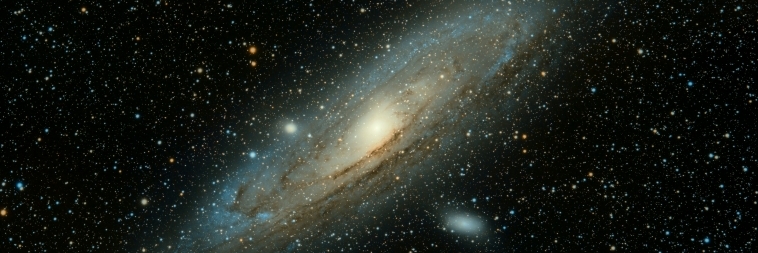
Uncover the beauty of the cosmos! In this guide for budding stargazers, we’ll reveal some of the space objects you can spot without a telescope.
Have you ever felt like the twinkling stars in the night sky are calling out to you? You’re not alone! Astronomy enthusiasts, science lovers, and stargazers alike all share the same profound fascination with the cosmos. And the best part? You don’t need a telescope to enjoy this celestial spectacle. With just your eyes, you can witness some of the most mesmerising space objects in our corner of the universe.
In this guide, we’ll explore some of the most fascinating space objects visible to the naked eye. We’ll provide a little information about each object and give some tips on when and where to view them. Additionally, we’ll share some helpful hints on how you can optimise your viewing experience!
Space Objects Can You See Without a Telescope
The International Space Station
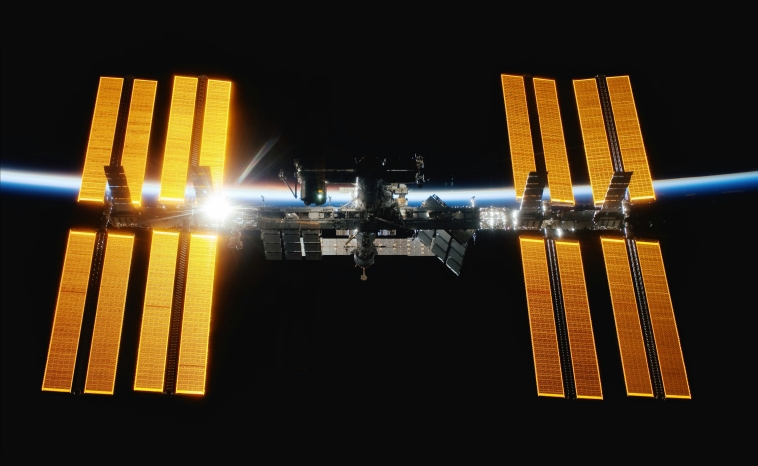
The International Space Station (ISS) is one of the most extraordinary sights you can see without any optical aid. Orbiting the Earth at approximately 420 kilometres (260 miles) above us, the ISS is a man-made marvel that shines brightly as it reflects sunlight.
The ISS is visible because it reflects the Sun’s rays, making it appear as a bright ‘star’ speeding across the night sky. Its brightness rivals that of Venus, making it one of the most luminous objects visible to the naked eye from Earth.
Spotting the ISS is relatively easy if you know when to look. Websites like NASA’s Spot the Station provide schedules for when the ISS will be visible in your area. Typically, it appears as a bright, fast-moving object traversing the sky from west to east.
Meteor Showers
Imagine witnessing a cascade of shooting stars streaking across the night sky. Meteor showers are truly nature’s fireworks, and they occur when Earth passes through the debris left by comets. Some of the most famous meteor showers include the Perseids in August and the Geminids in December. During these events, you can see dozens of meteors per hour, making for a spectacular show.
For optimal viewing, find a dark location away from city lights. Lie back on a blanket, give your eyes time to adjust to the darkness, and enjoy the celestial display. Peak viewing times often occur after midnight, so be prepared for a late night!
The Bright Planets
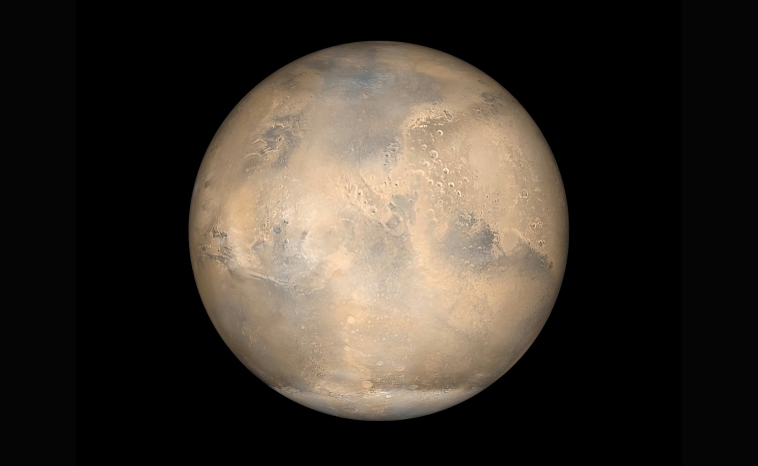
Jupiter, the largest planet in our solar system, is a dazzling sight that captivates both amateur stargazers and seasoned astronomers alike. This gas giant boasts a stunning array of clouds and storms, including the iconic Great Red Spot, a massive hurricane-like storm that has been raging for centuries. With a keen eye (and maybe a pair of binoculars), you can even spot its four largest moons – Io, Europa, Ganymede, and Callisto – known as the Galilean moons. These moons are fascinating in their own right; for instance, Europa is believed to harbour a subsurface ocean that may contain the ingredients for life.
Mars, often referred to as the ‘Red Planet’ due to its distinct reddish hue, is another planetary gem that has intrigued humanity for generations. Its visibility cycles every two years, during which it comes closest to Earth, offering a striking view that inspires visions of exploration and discovery. The planet features impressive geological formations, including the largest volcano in the solar system, Olympus Mons, and the deep canyon system, Valles Marineris, making it a subject of intense study for scientists.
Venus, frequently called the ‘morning star’ or ‘evening star’, is the brightest planet visible to the naked eye and is shrouded in thick clouds of sulfuric acid. It appears just before sunrise or shortly after sunset, gracing the sky with its brilliance and often outshining everything else. Despite its beauty, Venus has a harsh environment, with surface temperatures hot enough to melt lead and crushing atmospheric pressure.
The Milky Way Galaxy
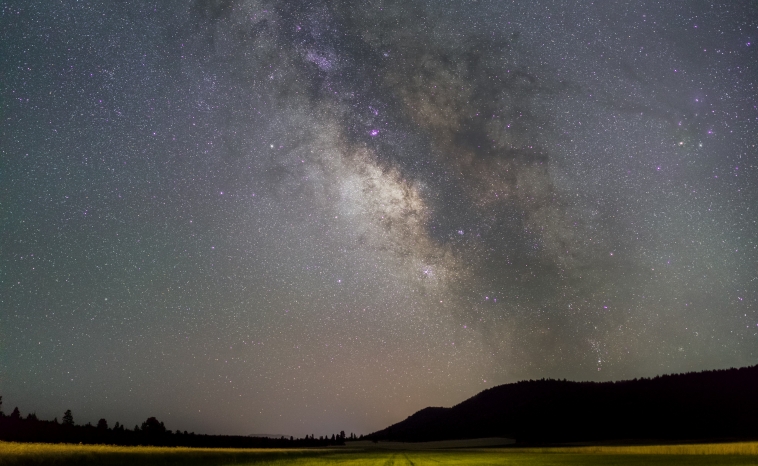
On a clear, dark night, far from city lights, you can see the Milky Way – a hazy band of light stretching across the sky. This is our galaxy, home to billions of stars, including our Sun.
The Milky Way’s luminescence is due to the combined light of countless stars. Each speck of light represents a distant sun, part of the swirling dance of our galaxy. To see the Milky Way in all its glory, head to a location with minimal light pollution. The summer months offer the best views as the core of the Milky Way becomes more prominent.
The Orion Nebula
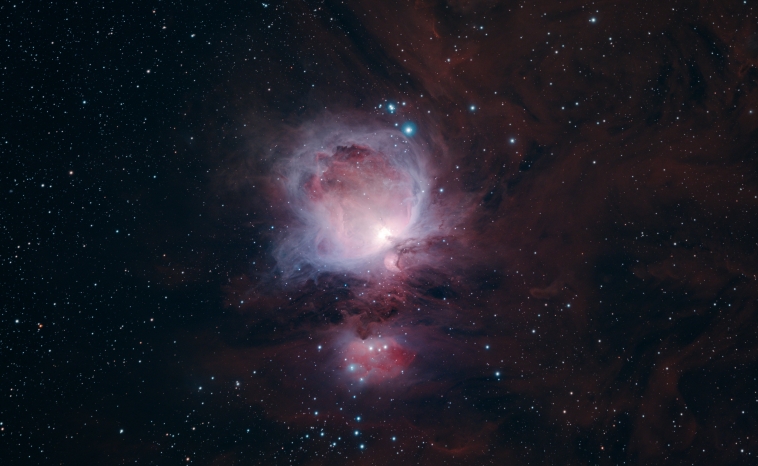
The Orion Nebula, located in the ‘sword’ of the Orion constellation, is a vast cloud of gas and dust where new stars are born. Its faint glow is visible to the naked eye under good conditions. The nebula emits light due to the intense energy of young, massive stars within it. These stars ionise the gas, causing it to glow brightly.
Look for the three stars that form Orion’s Belt. Just below them, you’ll find the Orion Nebula. It appears as a small, fuzzy patch of light.
The Andromeda Galaxy
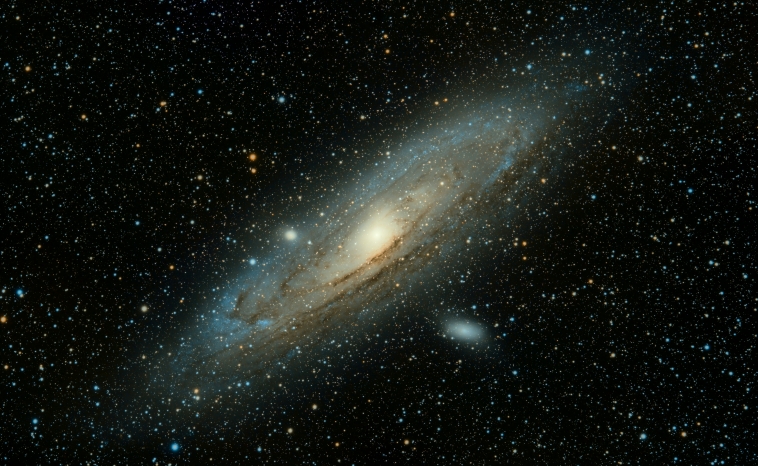
The Andromeda Galaxy, a majestic spiral galaxy, is the closest to our Milky Way and can be seen with the naked eye as a faint smudge in the vast expanse of the night sky. This magnificent celestial body is not just a distant neighbour though; it’s on a collision course with our galaxy, with a predicted merger set to take place in approximately 4.5 billion years. This impending cosmic event will lead to the formation of a whole new galaxy! But for now, Andromeda simply remains a breathtaking sight in our night sky.
To locate the Andromeda Galaxy, you can use the constellation Cassiopeia as your guide. Cassiopeia is easily recognisable due to its distinctive ‘W’ shape formed by five bright stars. Look towards the direction of the stars that create this iconic pattern, and you will find Andromeda waiting to be admired, a beautiful reminder of the wonders that exist beyond our planet.
The Pleiades Star Cluster

The Pleiades, often referred to as the Seven Sisters, is a stunning star cluster located within the constellation Taurus. This cluster is one of the closest to Earth, positioned approximately 444 light-years away, making it a prominent feature in our night sky. The Pleiades has captivated human imagination for centuries, inspiring countless myths and legends across various cultures, often symbolising beauty and guidance.
The stars within this cluster are relatively young, ranging from 100 to 150 million years old, and are incredibly hot, resulting in their vibrant and brilliant shine that can be easily spotted even with the naked eye. The cluster is composed of several bright blue stars, including Alcyone, the brightest member, which adds to its allure and significance as a celestial wonder.
Look for a small grouping of stars that resembles a tiny dipper, often referred to as the Seven Sisters. This beautiful cluster is best observed during the winter months in the Northern Hemisphere when the skies are typically clearer, and the constellation Taurus is prominent.
The Northern Lights

Okay, technically, this one isn’t a space object – but it’s still pretty cool and well trying to spot! The Northern Lights, or Aurora Borealis, are a breathtaking phenomenon caused by solar particles interacting with Earth’s magnetic field. The vibrant colours of the aurora are due to the ionisation of atmospheric gases, resulting in stunning displays of green, red, and purple lights dancing across the sky.
The best places to witness the breathtaking Northern Lights are typically located near the polar regions, with Norway, Iceland, and Canada being some of the top destinations. These spectacular lights are most active during the winter months, when the nights are longest and the skies are often clear.
The Full Moon
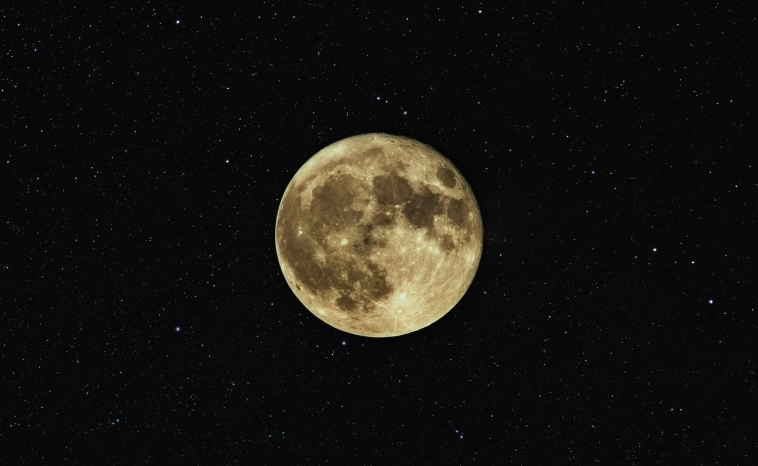
The full moon is a familiar and awe-inspiring sight. Each month, the moon’s face is fully illuminated by the Sun, casting a bright light across the night sky. The moon affects Earth’s tides and has been a source of wonder and inspiration throughout human history, from ancient myths to modern space exploration.
The full moon occurs once a month, illuminating the night sky with its bright, silvery glow. The best views are typically on clear nights when the moon appears particularly vibrant against the dark canvas of the universe. Each full moon is not only a stunning visual spectacle but also carries a unique name and significance that reflects the time of year and cultural traditions. For instance, the Harvest Moon, which occurs in September, signifies the time for gathering crops. Meanwhile, the Wolf Moon in January takes its name from the howling wolves that people often heard during the cold winter nights.
Tips for Viewing Space Objects Without a Telescope
For the best stargazing experience, it’s essential to find a dark location away from the bright lights of the city. Ideal spots include rural areas where light pollution is minimal and national parks that offer expansive, unobstructed views of the night sky. Additionally, consider going on a clear night during a new moon for optimal visibility. Don’t forget to check for meteor showers or other astronomical events that can make your stargazing adventure even more exciting!
Bring a blanket or reclining chair to lie back and enjoy the view. Dress warmly, especially during cooler nights, and consider using a red flashlight to preserve your night vision. Also, think about using a stargazing app, like the OSR Star Finder App, to help identify constellations and celestial objects.
Final Thoughts on Viewing Space Objects Without a Telescope
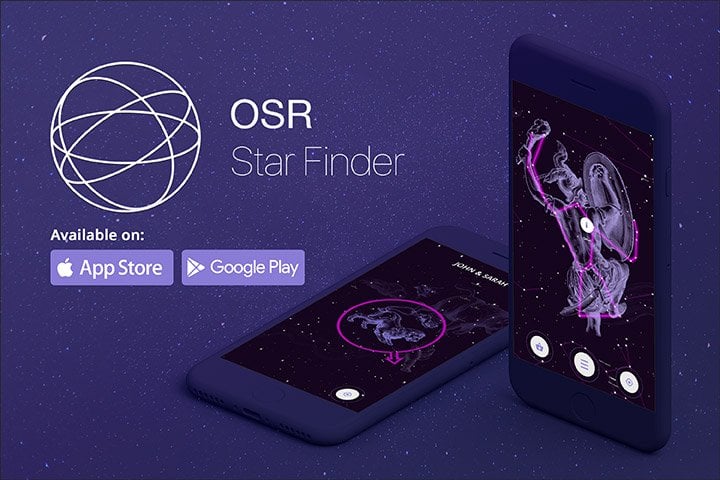
Observing space objects from Earth is an accessible and enriching experience that anyone can enjoy. From the ISS to meteor showers and even planets, there’s a universe of wonders just waiting for you to discover. Equip yourself with knowledge, find a dark spot, and look up—you never know what celestial marvels you might see.
And if you’re looking to enhance your stargazing experience, remember that the OSR’s Star Finder App is an invaluable tool! The user-friendly app allows you to effortlessly locate celestial objects, providing real-time guidance on what to look for in the night sky.
With interactive features and detailed information about space objects like stars, planets, and constellations, you can enhance your understanding and appreciation of the cosmos. So why wait? Embark on your stellar journey today, and let the Star Finder App illuminate the wonders above you!

